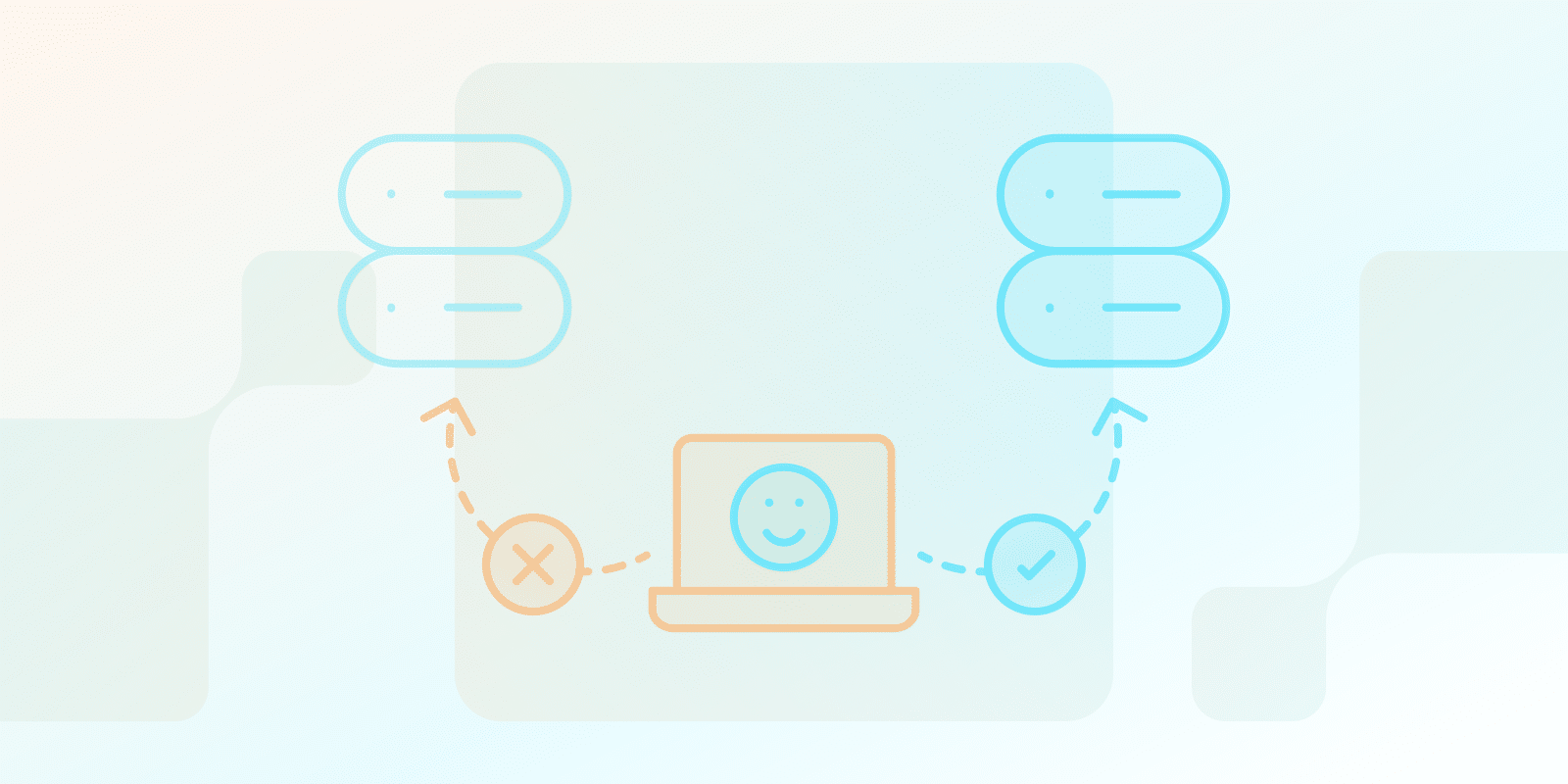Scalability and Elasticity
What are Failover and Redundancy in SaaS?

What are failover and redundancy?
Failover and redundancy are methods used to maintain the functionality of your systems, even in unexpected failures. Redundancy involves having backup parts or systems as substitutes, while failover is switching to those backups if the original system fails.
Failover solves smaller or localized issues, which are usually limited in scope, while disaster recovery (DR) is a solution for extensive issues such as natural disasters, cyber threats, or system crashes.
Redundancy and failover are strategies used for maintenance or upgrading that are less disruptive and ensure continuous services. This is crucial in business, where even minor disruptions can be costly.
Redundancy is like having a spare tire for your car. It is not essential for driving, but crucial if you get a flat.
What is the difference between redundancy and high availability?
Redundancy is a technique used specifically to achieve high availability. Consider redundancy as one instrument in the toolbox. It involves having a backup of one or more pieces of equipment to ensure contingency in the event that the initial one fails.
High availability (HA), on the other hand, is the total strategy of ensuring that your systems are reliably operational with a minimum of interruption. It includes a broader range of strategies, not just redundancy, but also:
- Load Balancing: Splitting loads among various servers to avoid a task overloading some of the servers.
- Regular Maintenance: Anticipating and rectifying issues before failures occur and compromise the workflow in a business organization.
- Robust Monitoring: Quickly identifying the failure and executing the necessary failover or other recovery processes.
Furthermore, to ensure high availability in dynamic environments, systems need to incorporate scalability and elasticity to adapt to changing workloads.
Therefore, redundancy is not the sole factor of high availability but an important component.
| Aspect | Redundancy | High Availability |
|---|---|---|
| Core Definition | ||
| Definition | A technique to ensure system backup and contingency | Comprehensive strategy for maintaining system reliability |
| Primary Goal | Provide backup systems to prevent downtime | Ensure minimum system interruption |
| Operational Approach | ||
| Key Strategies | Backup equipment and systems | Load balancing, maintenance, monitoring, scalability |
| Scope | Narrow, focused on backup systems | Broad, encompassing multiple system reliability techniques |
| Implementation | ||
| Complexity | Relatively simple backup mechanism | More complex, multi-faceted approach |
| Relationship | One component of high availability | Includes redundancy as a strategy |
What are the three types of redundancy?
There are three types of redundancy:
- Active-Active: Both redundant systems simultaneously share the workload for maximum resource utilization.
- Active-Passive: One system is fully operational (active), and the other system is not (passive) and only comes into operation when the active system fails.
- N+1 Redundancy: You have the number of systems required for normal operations (N), plus one more system for backup purposes.
Does your SaaS need failover and redundancy?
Deciding whether you need failover and redundancy depends on several factors. Consider the following questions:
- Can your business handle any downtime?
- How essential are your services to your clients?
- What are the financial impacts of service disruptions?
If downtime translates into loss of sales or erosion of customer confidence, then redundancy and failover may prove to be cost-effective solutions.
What is the difference between redundancy and disaster recovery?
Redundancy and disaster recovery (DR) both contribute to keeping your systems operational, but they tackle different scenarios:
Redundancy:
-
- Focus: Minimizing the chances of experiencing downtimes in the first place.
- How it works: Uses spare parts or an extra similar system to take over when the main one stops working.
- When it’s used: For minor problems such as hardware failure or single node/facility level power failure.
- Think of it as: A car spare tire kept as a backup in case you get a flat.
Disaster Recovery:
- Focus: Replication of systems and data after a major disruption event.
- How it works: Entails a comprehensive plan for backing up data, moving operations to a secondary site, and restoring systems online.
- When it’s used: In cases of major events like natural disasters, cyber threats, or even situations where the entire system crashes.
- Think of it as: Similar to business insurance policies, it is used to facilitate recovery in the event of a disaster.
In short, redundancy is used to prevent unexpected downtime and disaster recovery is used to recover losses after a terrible disaster occurs.
Conclusion
Redundancy and failover are some of the most vital concepts one can use to provide the reliability and availability of the critical systems. Understand and strategically implement these concepts to address unexpected disruptions and manage operations effectively.